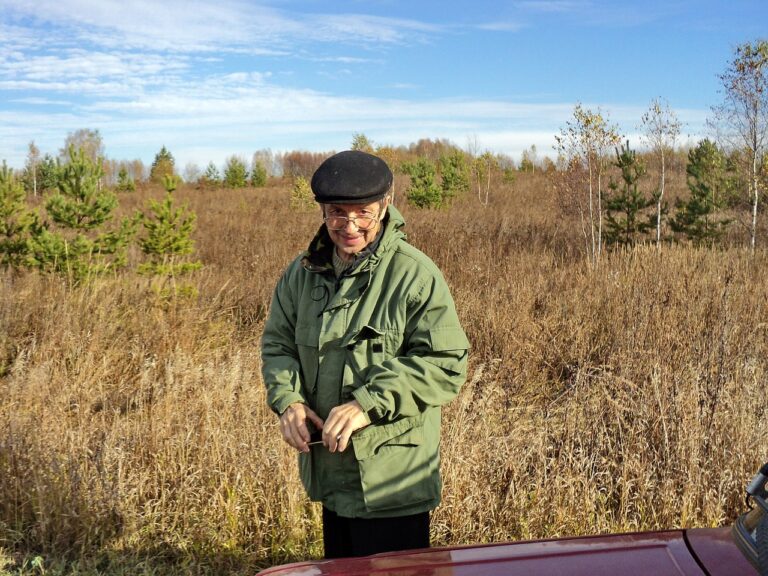The Benefits of Equine Therapy for Children with Autism
Research has shown that children often form deep emotional connections with horses when engaging in equine therapy. Horses have a unique ability to mirror the emotions of those around them, providing children with a non-judgmental and accepting environment to express themselves. Through interacting with horses, children can learn to regulate their emotions and develop a greater sense of empathy and compassion.
The bond between children and horses can be incredibly therapeutic, offering a space for emotional healing and personal growth. Many children who have experienced trauma or struggle with emotional challenges find solace in the presence of horses, as they offer unconditional love and support. This emotional connection not only benefits the child’s mental well-being but also fosters a sense of responsibility and care towards another living being.
• Horses have a unique ability to mirror the emotions of those around them
• Equine therapy provides children with a non-judgmental and accepting environment
• Interacting with horses helps children regulate their emotions and develop empathy
• The bond between children and horses can offer emotional healing and personal growth
• Horses provide unconditional love and support, benefiting the child’s mental well-being
• The emotional connection fosters a sense of responsibility and care towards another living being
Improved Social Skills through Equine Interaction
One of the most remarkable benefits of equine interaction is the enhancement of social skills in children. Through working with horses, individuals are able to develop important communication and relationship-building abilities. This can translate into improved interactions with peers, family members, and authority figures.
Horses have a unique way of providing immediate feedback to a child’s actions, teaching them about boundaries, empathy, and nonverbal communication. By engaging in activities such as grooming, leading, and riding, children learn to interpret and respond to the horse’s cues, fostering their social intelligence and emotional awareness.
Enhanced Communication Abilities from Equine Therapy
Equine therapy has shown remarkable results in improving communication abilities in individuals participating in these sessions. Through interactions with horses, individuals are able to develop non-verbal communication skills, as horses are highly perceptive animals that respond to subtle cues and body language. This sensitivity of horses encourages participants to become more aware of their own non-verbal communication and how it affects their interactions with others.
Moreover, equine therapy fosters improved verbal communication skills as well. Participants have the opportunity to practice clear and effective communication with the horses, which in turn translates into better communication with humans. The non-judgmental nature of horses creates a safe space for individuals to express themselves without fear of criticism, allowing them to work on their communication skills in a supportive environment.
How do children benefit from the emotional connection with horses during equine therapy?
Children benefit from the emotional connection with horses during equine therapy by developing trust, empathy, and a sense of responsibility.
Can equine therapy help improve social skills in children?
Yes, equine therapy can help improve social skills in children by promoting teamwork, communication, and cooperation through interaction with horses.
How does equine therapy enhance communication abilities in participants?
Equine therapy enhances communication abilities in participants by encouraging verbal and nonverbal communication with the horses, which can translate to improved communication skills in interpersonal relationships.
Are there specific techniques used in equine therapy to enhance communication abilities?
Yes, equine therapy often incorporates activities such as grooming, leading, and riding horses, which require clear communication between the participant and the horse, leading to improved communication abilities overall.







